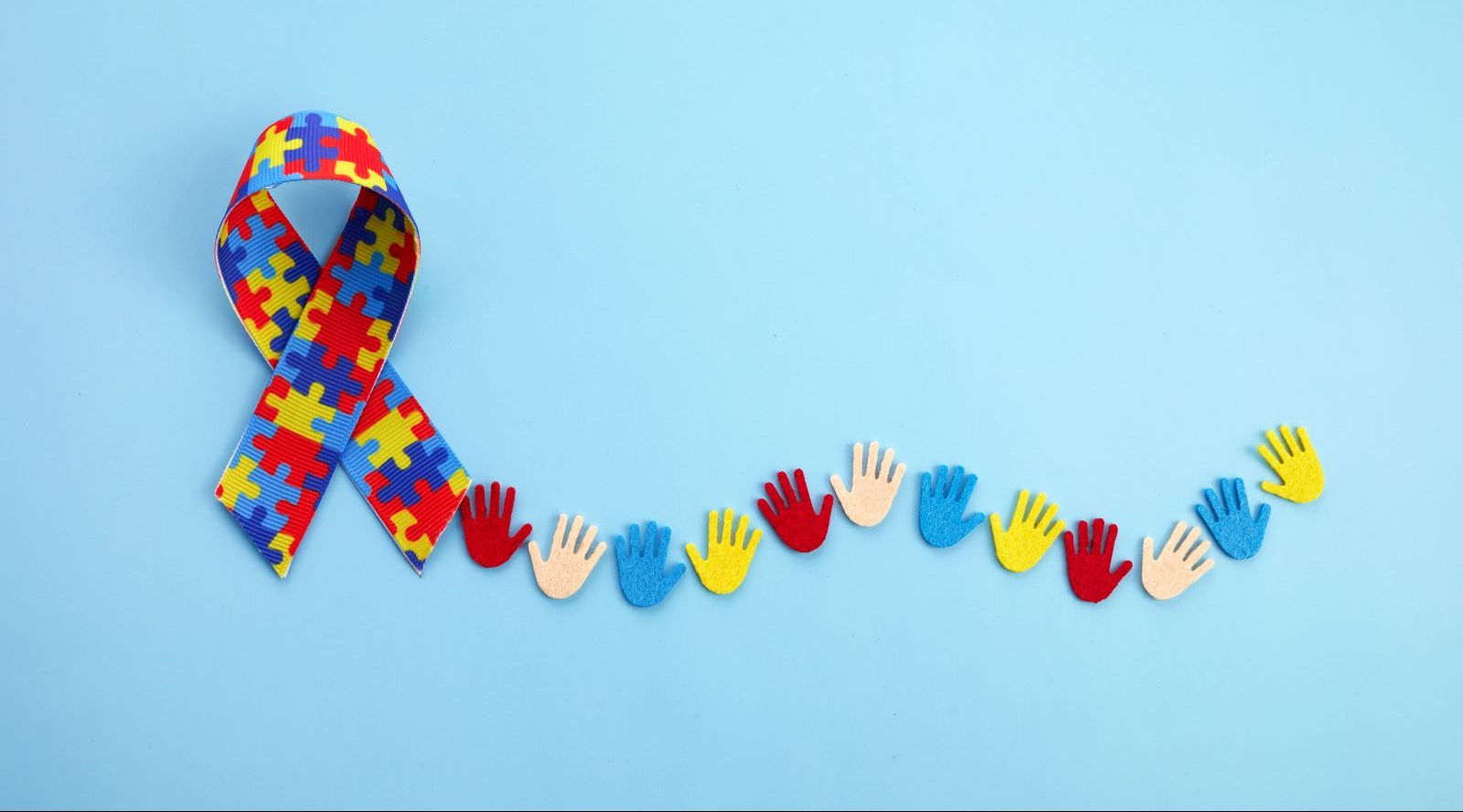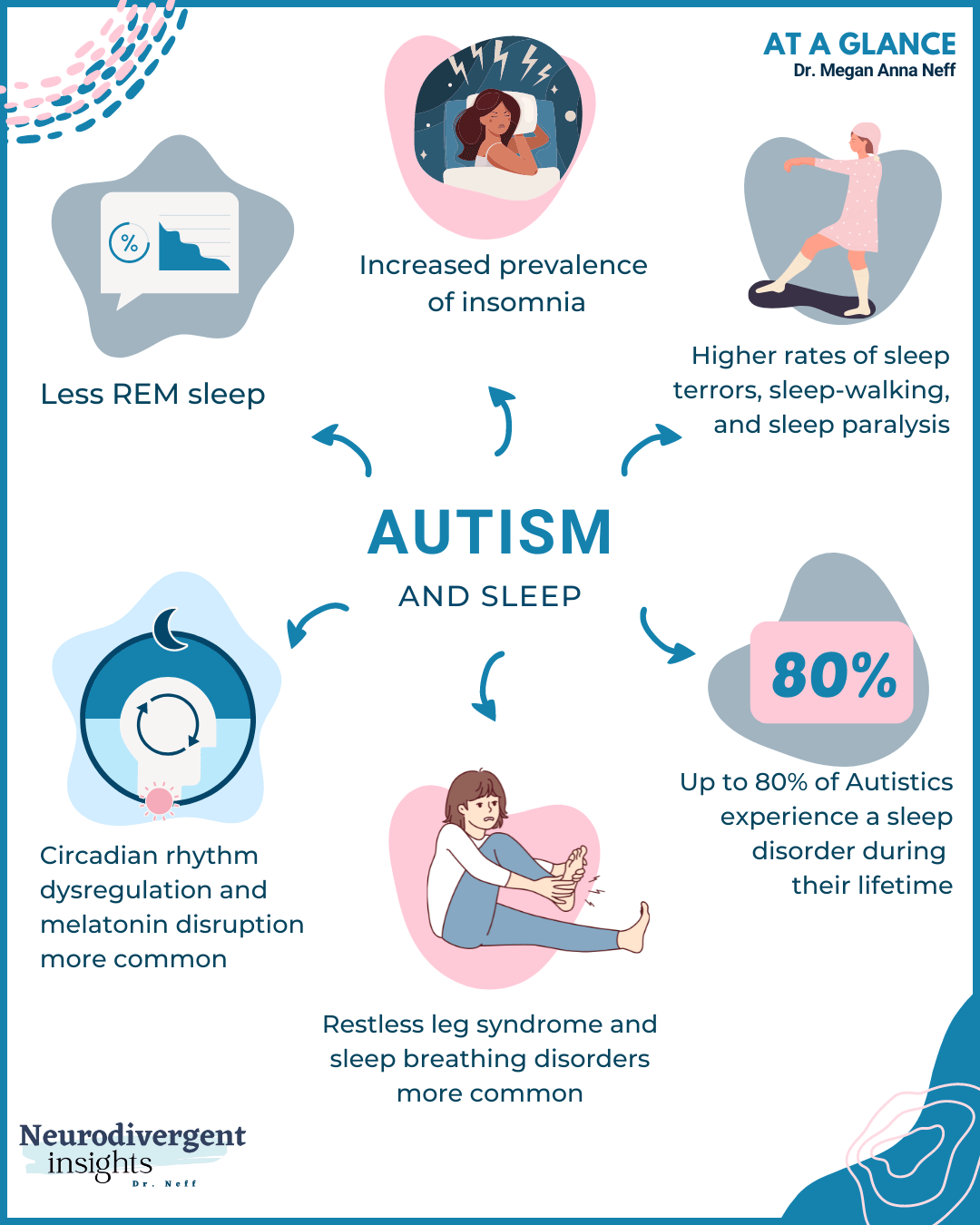The Effect of Early Treatment on Youngsters with Autism: What Moms And Dads Required to Know
Checking Out Autism: Strategies for Reliable Communication and Interaction
Effective interaction and interaction with individuals on the autism spectrum demand a detailed understanding of their one-of-a-kind demands and choices. The ins and outs of these strategies expose more considerations that warrant exploration, especially in how they can be adapted to diverse contexts and individual experiences.
Recognizing Autism Spectrum Condition
Autism Range Problem (ASD) includes a variety of neurodevelopmental problems characterized by obstacles in social communication, communication, and repetitive behaviors. The term "spectrum" reflects the varied symptoms and varying levels of intensity experienced by individuals with ASD. While some may exhibit considerable disabilities, others might display high-functioning characteristics, enabling better freedom in every day life.
The start of ASD generally takes place in early youth, with signs usually identifiable by age two. Early indicators may consist of postponed speech growth, limited eye get in touch with, and troubles in recognizing social cues. The specific etiology of ASD remains unclear, research recommends a mix of genetic and ecological aspects plays a critical role in its development.
Individuals with ASD typically possess distinct staminas, such as increased interest to detail and exceptional memory skills. Nevertheless, they may have problem with recognizing abstract concepts and taking care of modifications to regular. As an outcome, treatments and support tailored to individual demands are essential for cultivating interaction and social skills. Acknowledging the complexity of ASD is essential for advertising understanding, acceptance, and reliable strategies that help with meaningful communications with individuals on the spectrum.

Value of Clear Communication
Effective communication is vital for fostering understanding and link, specifically for people with Autism Spectrum Disorder (ASD) Clear interaction not only helps with social interactions but additionally improves the individual's ability to reveal their thoughts, emotions, and demands. For individuals with ASD, the nuances of language can usually be challenging; for that reason, using uncomplicated and distinct language is crucial.
Additionally, clear communication aids decrease aggravation and stress and anxiety that may emerge from misunderstandings. When messages are shared in a constant and straight manner, people with ASD are better outfitted to translate details precisely, which can dramatically improve their social interaction and participation in numerous settings.
Establishing regimens and using aesthetic assistances can even more boost clear communication. These approaches offer people with predictable frameworks that assist comprehension and retention of info. Furthermore, actively being and paying attention client throughout communications promotes a helpful setting where individuals with ASD really feel valued and understood.
Eventually, focusing on clear interaction not only equips people with ASD however additionally fosters more significant links with their peers, caretakers, and the wider community, leading the way for comprehensive communications and collaborative connections. - autism
Non-Verbal Interaction Techniques
Communication extends beyond words, and for individuals with Autism Spectrum Condition (ASD), non-verbal hints play a substantial role in interactions. Non-verbal communication methods can include facial expressions, gestures, body language, and eye get in touch with, all of which act as important elements for communicating intents and emotions.
Understanding and translating these non-verbal signals can improve interactions with individuals with ASD. For instance, a warm smile or open posture can create a welcoming environment, encouraging engagement. In a similar way, using visual aids-- such as picture cards or signs-- can connect communication gaps and help share messages more properly.
It is also important to be conscious of personal space, as people with ASD may have various comfort levels regarding closeness. Observing their reactions to physical closeness can educate ideal modifications.

Producing Supportive Settings
Producing a helpful environment is important for promoting positive communications and improving the well-being of people with Autism Spectrum Disorder (ASD) Such settings can significantly lower stress and anxiety and produce a feeling of security, allowing people to express themselves extra freely.
To attain this, it is necessary to think about sensory level of sensitivities that individuals with ASD might experience. Customizing the physical room to include soft lights, minimal history noise, and comfortable seats can produce a relaxing environment. In addition, utilizing constant regimens and clear visual timetables can help people anticipate shifts this post and lower uncertainty, more promoting convenience.
Social spaces need to be structured to minimize overwhelming stimulations while offering possibilities for interaction in recommended activities. Assisting in locations designated for peaceful time can additionally act as a refuge during minutes of stress. Significantly, including components of choice equips Get More Information people, enabling them to work out agency in their environment.

Encouraging Social Communications
Fostering social communications among people with Autism Spectrum Condition (ASD) requires deliberate strategies that focus on convenience and interaction. Establishing predictable routines can help in reducing anxiousness, making social settings extra approachable. Producing organized settings with defined duties and roles enables people to engage without the overwhelming stress of unstructured social characteristics.
Incorporating rate of interests and strengths into social tasks can function as a catalyst for interaction. As an example, organizing team activities around shared leisure activities or topics of attraction can promote natural conversations and connections. In addition, utilizing visual supports, such as social manuscripts or pictorial schedules, can help in recognizing social signs and assumptions.
Modeling appropriate social habits is crucial - autism. Adults and peers ought to demonstrate efficient communication methods, consisting of energetic listening and turn-taking. Role-playing circumstances can additionally give a safe space for individuals to exercise these abilities
Last but not least, cultivating peer relationships through inclusive practices is essential. Encouraging inclusive playdates or team trips can create possibilities for socialization in a comfortable setting. By executing these caretakers, techniques and educators can significantly boost social communications for individuals with ASD, promoting their total social advancement and well-being.
Final Thought
In verdict, effective interaction and interaction methods are essential for supporting individuals with Autism Range Problem. Ultimately, these techniques equip people with autism to browse social landscapes, promoting their overall wellness and allowing the growth of lasting relationships.
Effective communication and interaction with people on the autism range demand a comprehensive understanding of their distinct requirements and preferences. Clear communication not only assists in social communications yet additionally boosts the person's capacity to share their emotions, needs, and ideas.Promoting social this content communications among individuals with Autism Spectrum Problem (ASD) requires deliberate approaches that focus on convenience and involvement. By applying these caregivers, approaches and instructors can substantially improve social interactions for people with ASD, advertising their overall social growth and health.
In final thought, effective interaction and interaction strategies are essential for supporting people with Autism Spectrum Problem.